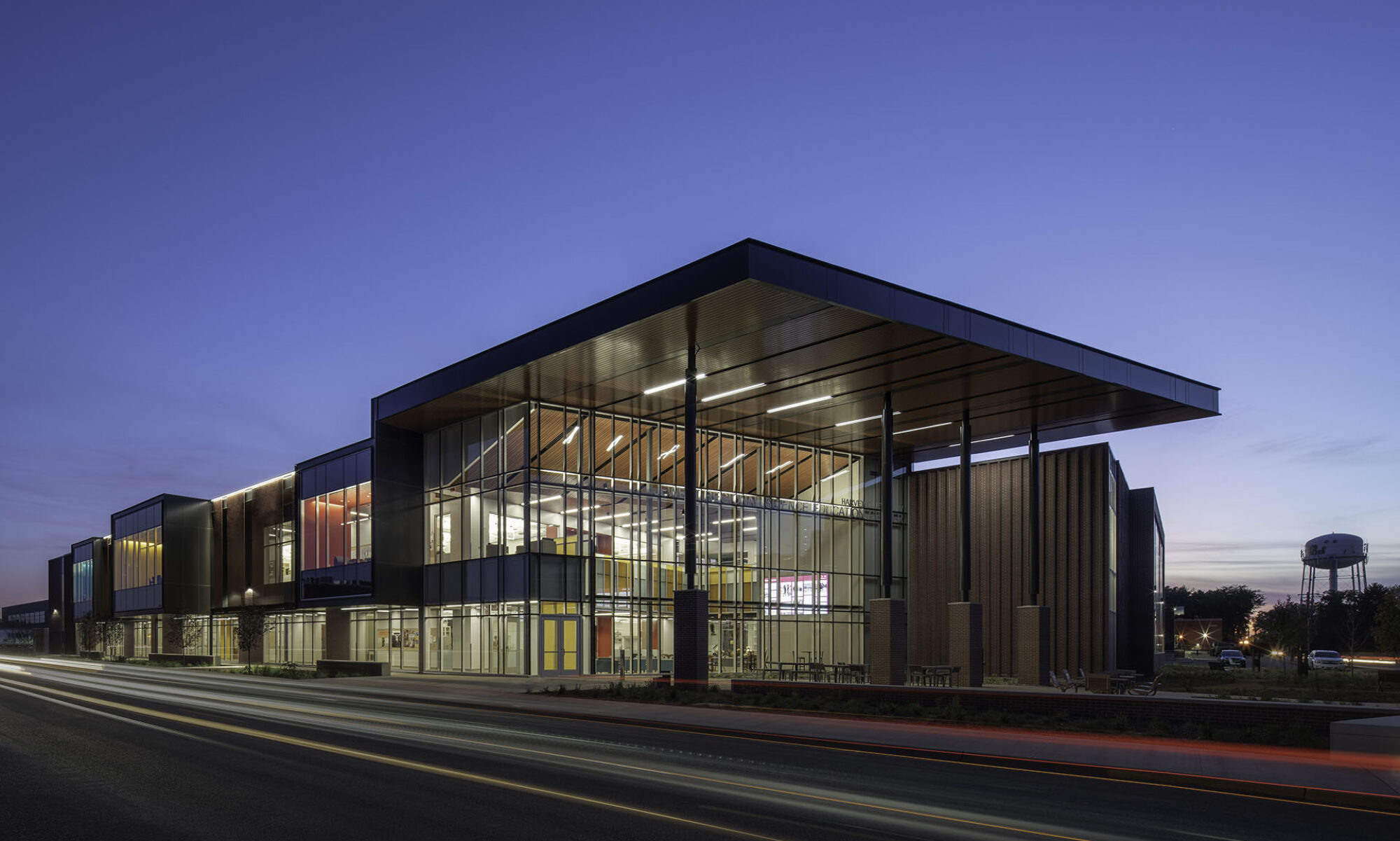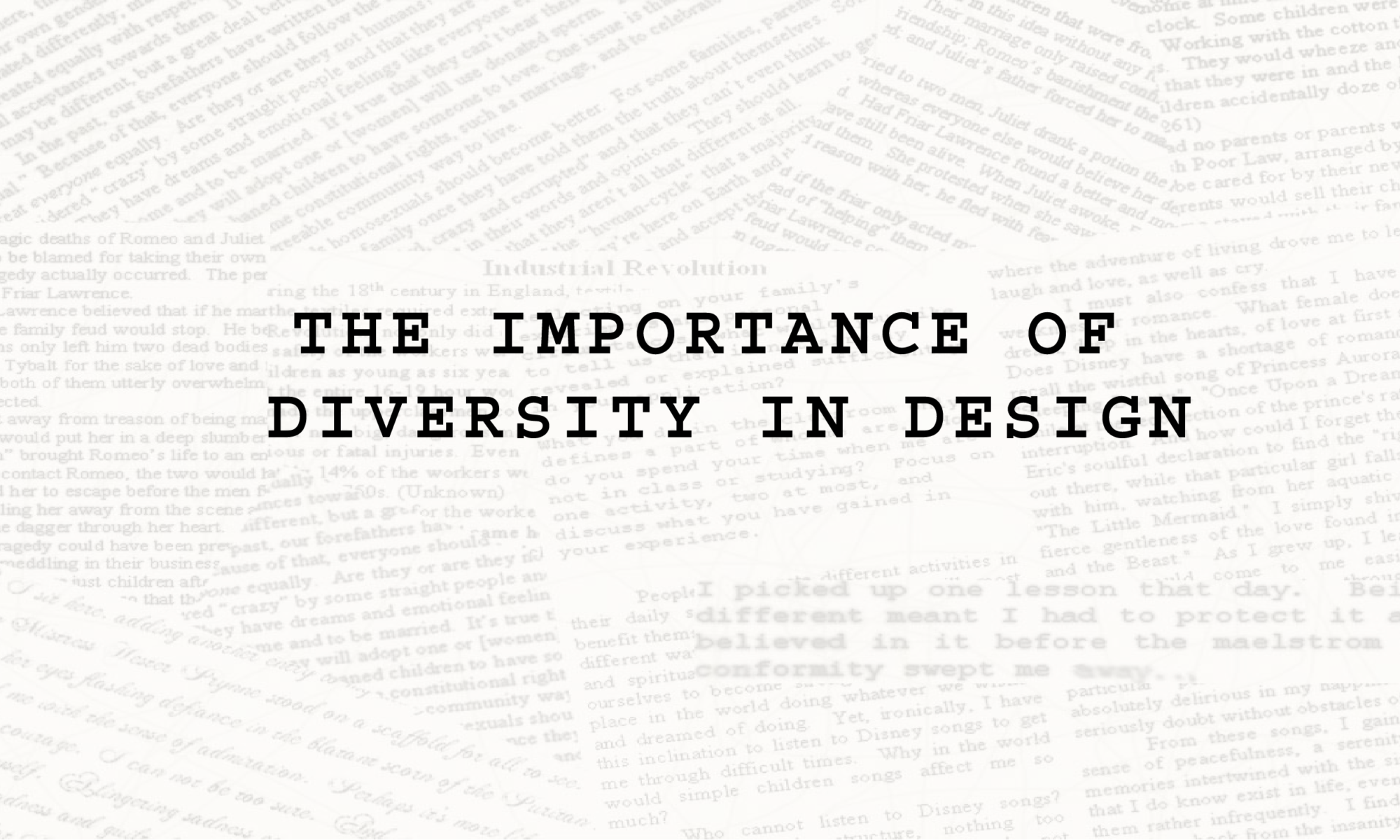What happens when the same voices meet in the same room discussing the same issues? Not much difference. What happens when you strategically select a team of folks from different backgrounds from different communities with different perspectives? Creative forward-thinking approaches. Diversity is critical to effective change-making, and it is no different in the design industry. In college, one of the professors had their interior architecture students travel around campus exclusively using a wheelchair. Their journeys were enlightening and highlighted challenges that could have been avoided with some thoughtful design. As able-bodied designers, it is easy to overlook hurdles because we are not accustomed to overcoming them. Good designers have empathy which allows them to walk their spaces through different perspectives to deliver heightened user experiences.
Beyond accessible spaces, designers must consider an array of different end users. How do you design for someone with a past traumatic experience? Perhaps you consider visibility of entrances throughout the space to provide a sense of security. Human behavior tells us that most people feel at ease when sitting in a restaurant facing the door – we don’t like our backs exposed to the potential sneak-up. Have I ever been in a restaurant where someone snuck up on me, no, but instinctually, I feel better if I have better sightlines of my surroundings. All this to say, we try to consider solutions from every angle, but often, the winning strategy is to work with professionals different than yourself to thoroughly (and efficiently) work through the problem.
Including multiple voices provides a variety of perspectives necessary to evaluate design solutions that work for most people interacting with the designed space. Often in school, a solution was sitting right in front of me, but it took a quick conversation with a classmate that illuminated what was there the whole time. When you collaborate with people different than you, the likelihood of disagreements can increase because you come from different backgrounds and may come to the table with different priorities. While challenging, this conflict can be beneficial to outcome. It’s important to understand our differences and keep an open mind remembering that ultimately, we have the same goal: to deliver quality projects and protect the health, safety, and welfare of the public.
Architects and engineers have worked together throughout history to orchestrate beautiful integrations of systems to create seamless experiences. These successes could not have been achieved without collaboration and working through differing perspectives and opinions. I’ve heard architects described as “jack of all trades and master of none,” and to some degree, this is accurate. We can’t specialize in every market and every aspect of the design-build process, so we have a general understanding and rely on those that specialize.
A well-rounded team with diverse specialties allows for a deeper understanding of the project.
Furthermore, considering the diversity of your team’s race, age, gender, etc. strengthens the team’s ability to consider multiple perspectives and approach the design from many angles.
I’ll leave you with one final example: my husband and I assembling an entertainment center together. We were both looking at the same pieces and same instructions and both understood the assembly differently. I’m happy to report that the tv stand was successfully assembled, is still standing, and while it was touch-and-go a few times, our marriage remains intact!

Since graduating from Kansas State in 2012, Liz has gained experience from a variety of fields within the building industry. From drafting at a metal building manufacturer to working at architecture firms to assisting a real estate broker/developer, she has always had a passion for influencing the built environment. As an architect at Schemmer, Liz enjoys learning new things and refining her skills with help from other licensed professionals. She hopes to continue to shape the spaces and places around her in a positive way.



Thanks, Liz. I remember the years when we gave the clients what they wanted without considering all of the users. We are improving all the time.